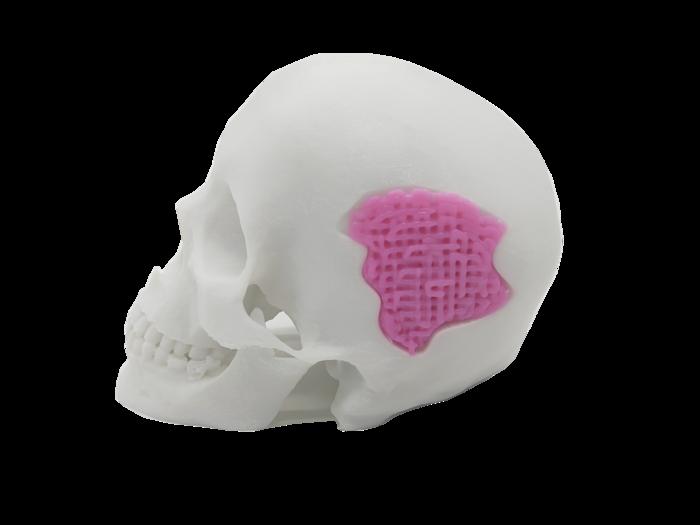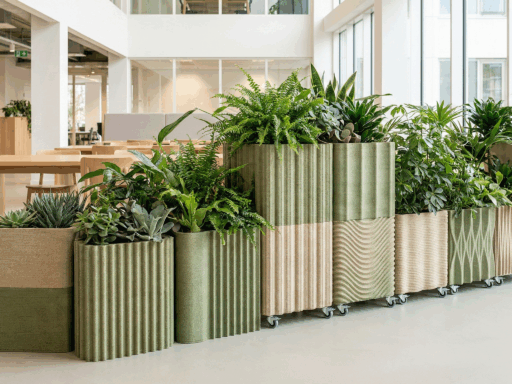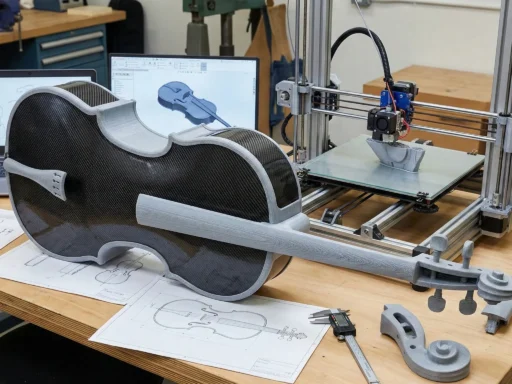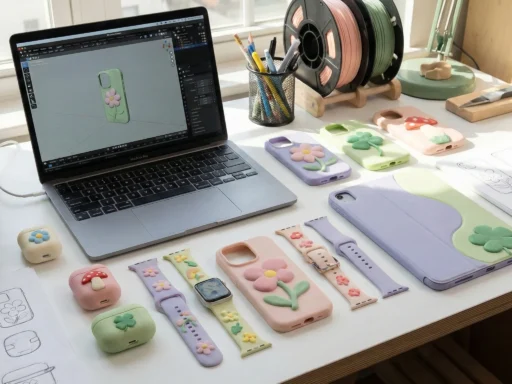Do glass and bone have much in common? You’ll be surprised! Researchers in China are proving they do – by developing a bio-active glass that could be 3D printed into a safe, patient-specific bone substitute. The team led by Jianru Xiao, Tao Chen, and Huanan Wang has been working on an effective bone replacement material that would serve as a scaffold for bone-forming cells, with their progress detailed in ACS Nano.
“Both bone and glass can handle pressure better than stretching,” said the researchers. The team explained that the similar crystalline structures of both materials give them comparable strength. Glass’ silica base can be melted and reshaped, or even 3D printed, into almost any form. That means a chance to customize fit for damaged bone sections that could someday be printed on demand.
Conventional 3D-printable glass poses two challenges: it often requires toxic plasticizers or extremely high fusion temperatures above 2,000°F (1,100°C). To overcome this, Xiao and colleagues designed a new glass gel made from oppositely charged silica particles, calcium, and phosphate ions – all key components in bone growth. The mixture of these ingredients can be printed easily, hardening at a much gentler 1,300°F (700°C).
The bio-glass was tested on rabbits with skull injuries and performed remarkably well. “Although the commercial product grew bone faster, our bio-glass sustained growth longer,” reported the team. After eight weeks, most new bone cells had formed on the bio-glass scaffold, while plain glass showed minimal growth.
The study offers a budget-friendly, low-temperature route to fabricating tailored bone substitutes, which can help clinicians all over the world to approach tissue repair innovatively. As the authors note, this 3D-printed bio-glass shows “strong potential for future clinical applications where custom bone repair is needed.”





